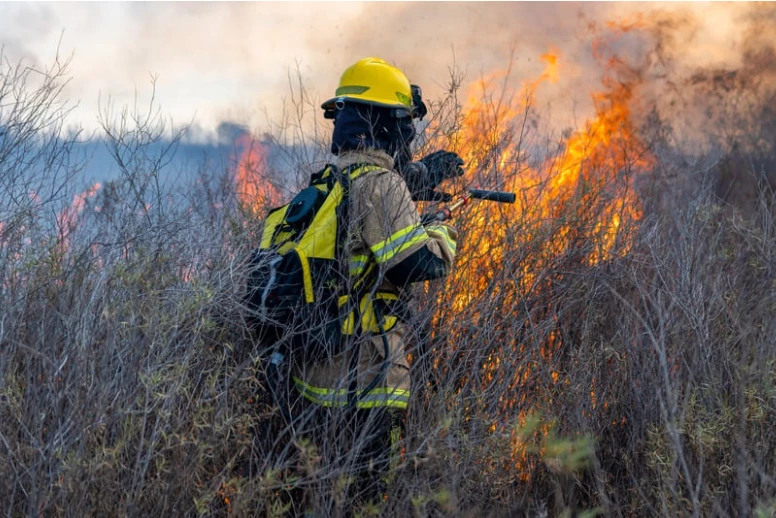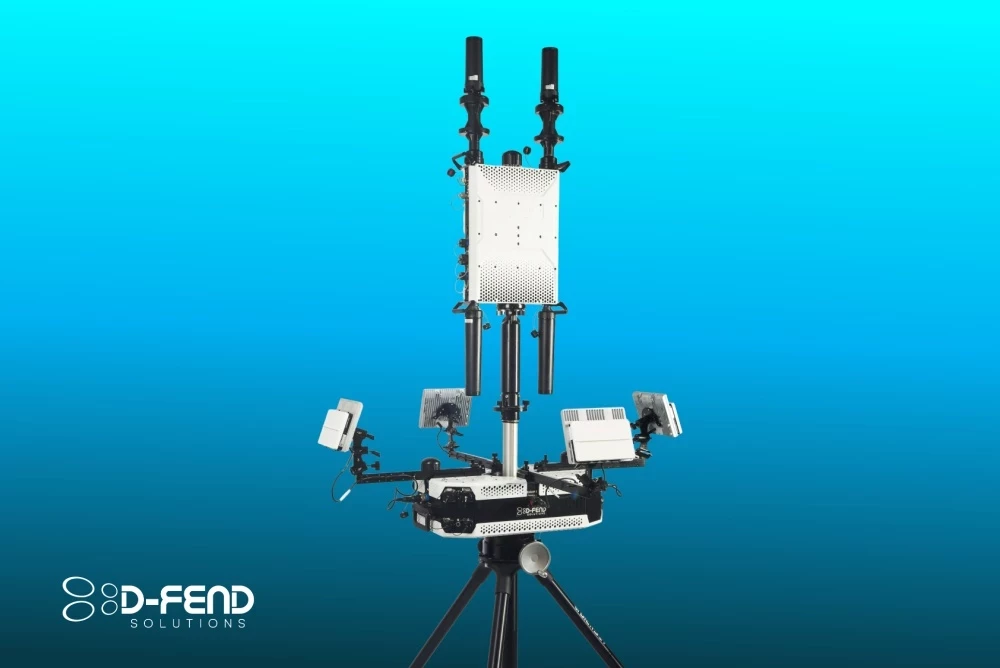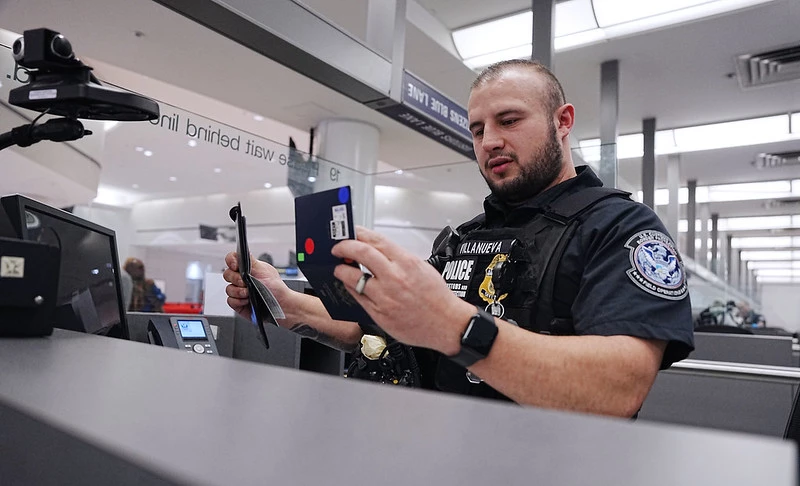Trump’s 2025 Executive Orders: Reshaping Security on the Southern Border
Add bookmark
In conjunction with a new administration in the White House, operations on the southern U.S. border have shifted drastically in 2025. Figures from Customs & Border Patrol (CBP) show access to the border is already more restricted than ever. A year ago, in March 2024, CBP reported 189,359 encounters on the southern border. One year later, that number had dropped to 11,017 March encounters, the lowest monthly total in the past three years.
The steep drop off in encounters on the southern border reflects significant policy changes to U.S. immigration and border security operations, a shift that began in the summer of 2024 with executive action from the Biden administration, and continued with President Trump’s administration in 2025.
The Trump administration has moved quickly to mitigate what the White House is calling a “invasion” taking place on the southern border. On Inauguration Day, January 20th, the new administration moved quickly to sign a handful of new policies directed towards the southern border. This article will represent the first in a series of posts summarizing changes to policy on the southern border and will begin by looking specifically at Executive Orders signed by President Trump. Future articles will highlight how CBP and the U.S. military have changed their operations on the southern border.
If you are interested in learning more about the future of border security, register for IDGA’s Border Technology Summit taking place September 23-24 in San Diego, California. The two-day summit provides a forum to explore the latest advancements in border security technology. This year, we are focusing on engaging our audience with high level discussions surrounding advancements in biometrics, non-intrusive inspection, smart walls, current and future operations of border security, and much more.
Breakdown of Executive Orders
The ten executive orders signed on Inauguration Day implement a range of changes to U.S. immigration policy. Of those ten orders, three are directly related to procedures on the southern border. One of which is titled “Guaranteeing the States Protection from Invasion,” and outlines several directives aimed at addressing unauthorized entries across the southern U.S. border. The key provisions include:
- Suspension of Entry: Halts the entry of individuals deemed part of the "invasion" across the southern border until the President determines the invasion has ceased.
- Asylum Restrictions: Bars these individuals from invoking provisions of the Immigration and Nationality Act (INA) that would permit their continued presence in the U.S., including asylum claims.
- Information Requirements: Mandates that individuals must provide sufficient medical, criminal, and background information before entry; failure to do so results in denial of entry.
Another order, titled “Securing Our Border” executive order authorizes the construction of a border wall and barriers along the U.S.-Mexico border, restarts the Migration Protection Protocols, or “Remain in Mexico” program, ends the CBP App, used to schedule asylum appointments, and ends humanitarian parole programs.
Next was the “Declaring a National Emergency at the Southern Border of the United States,” order, also signed on Inauguration Day. This order implements the following changes:
- Mobilization of Armed Forces: The Secretary of Defense is authorized to deploy necessary military units, including the Ready Reserve and National Guard, to support the Department of Homeland Security (DHS) in achieving full operational control of the southern border.
- Invocation of Emergency Authorities: The order invokes sections 201 and 301 of the National Emergencies Act, as well as section 12302 of Title 10, U.S. Code, granting the military expanded authority to assist in border security operations.
- Construction of Physical Barriers: Utilizing the authority under section 2808 of Title 10, U.S. Code, the Secretary of Defense is empowered to initiate construction projects, including physical barriers, to prevent illegal entry and enhance border security.
- Transfer of Land Jurisdiction: The Roosevelt Reservation, a 60-foot-wide strip of federal land along the U.S.-Mexico border, is transferred from the Department of the Interior to the Department of Defense. This area is designated as a National Defense Area, allowing for increased military enforcement and infrastructure development.
- Enhanced Surveillance and Enforcement: The Department of Defense is directed to support DHS operations by providing additional personnel, resources, and surveillance capabilities to deter and prevent unauthorized border crossings.
Eleven days after inauguration, President Trump signed another order "Imposing Duties to Address the Situation at Our Southern Border" which is intended to build off the declaration of a national emergency in the previous executive order. The order takes aim at the Mexican government by enforcing tariffs on goods coming from the country. The goal is to pressure the Mexican government to take stronger action against cartel activity such as drug trafficking and illegal migration on the Mexican side of the border. The order invokes the International Emergency Economic Powers Act (IEEPA) and the National Emergencies Act (NEA) to justify the imposition of economic measures.
Three months later, after the first barrage of executive orders had already successfully curbed border crossings, the Trump Administration reaffirmed the DoD’s role on the southern border. The April 11 order, titled “Military Mission for Sealing the Southern Border of the United States and Repelling Invasions,” authorizes federal lands transferred to the DoD to be designated as military installations. In the next portion of this series, we’ll dive further into the growing role of the U.S. military on the southern border.
To learn more about how the Trump administration’s executive orders are impacting immigration policy beyond the southern border, click here.

























